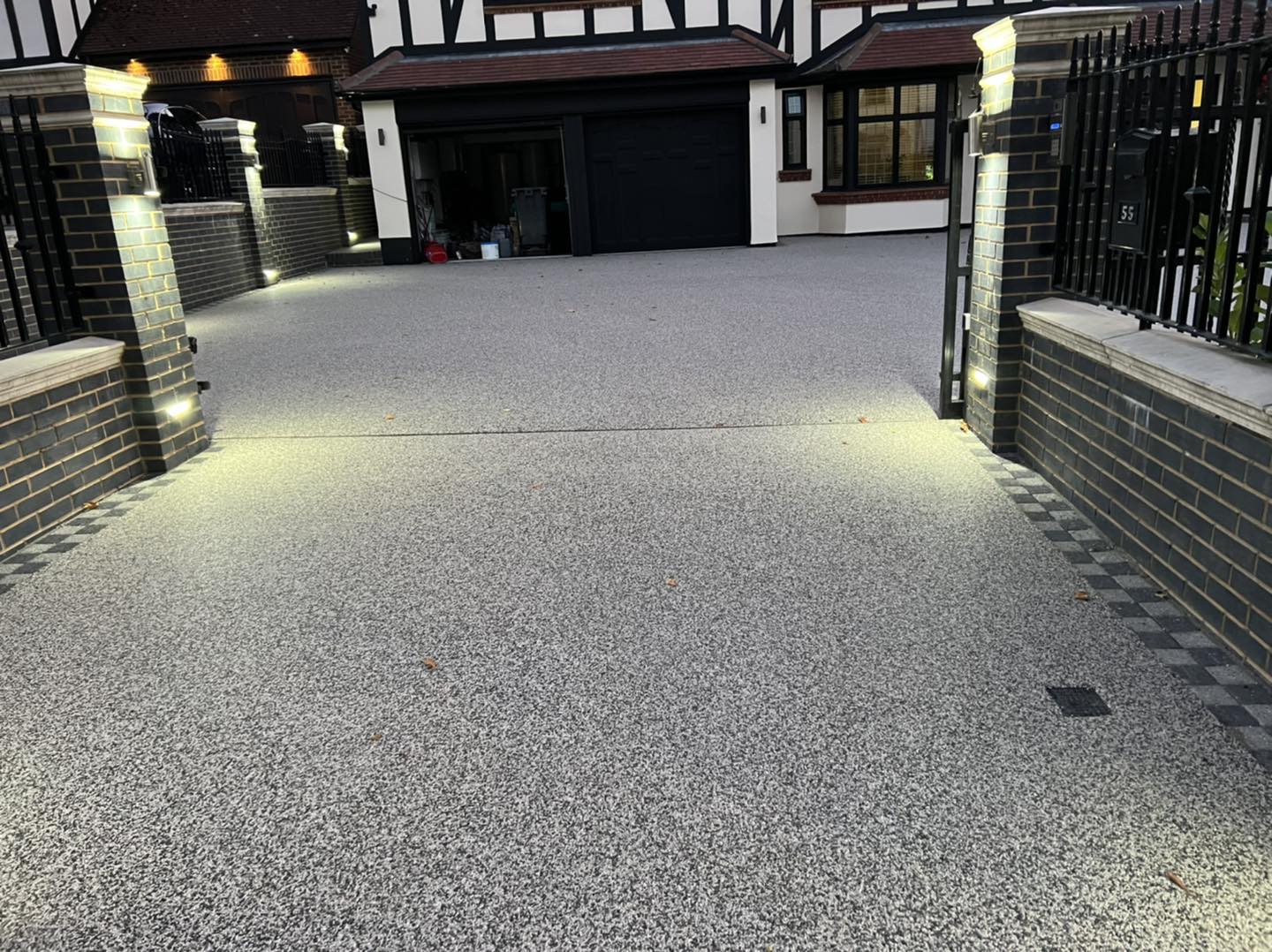Artificial grass installation is a smart investment that enhances the aesthetic appeal and functionality of your outdoor space while reducing long-term maintenance costs. However, it’s essential to understand the various factors that influence the overall cost of the project to create an accurate budget. Here’s a guide to help you navigate the cost considerations when planning for artificial grass installation.
1. Size of the Area
The size of the area you plan to cover with fake grass is the most significant factor in determining the overall cost. Installation costs are usually calculated per square foot, so larger areas will naturally incur higher expenses. However, some installers may offer discounts for larger projects, making it essential to get a detailed quote that includes any potential savings. To get an accurate estimate, measure your space carefully and consider whether you want to cover the entire area or just specific sections, like pathways or play zones.
2. Type and Quality of Artificial Grass
Not all artificial grass is created equal. The type and quality of the turf you choose will significantly impact the cost. Higher-end artificial grass typically offers better durability, UV resistance, and a more natural appearance, but it comes with a higher price tag. For example, grass designed for heavy foot traffic, such as in sports fields or playgrounds, will cost more than turf meant for decorative purposes. When budgeting, it’s crucial to balance quality with cost, considering how the grass will be used and the longevity you expect.
3. Ground Preparation
Proper ground preparation is crucial for a successful artificial grass installation, and it can vary in cost depending on the current condition of your site. If your area requires significant excavation, leveling, or the removal of existing grass and debris, these tasks will increase the overall cost. Additionally, the installation of a sub-base, which provides a stable foundation for the artificial grass, may involve added expenses, particularly if your site has drainage issues that need addressing.
4. Labor Costs
Labor is another significant component of the total cost. Professional installers typically charge based on the complexity of the project and the amount of labor required. Simple, flat areas may be less expensive to install, while complex landscapes with curves, slopes, or multiple levels may require more time and expertise, increasing labor costs. It’s essential to get multiple quotes from different installers to compare labor costs and ensure you’re getting a fair price for the work involved.
5. Infill Materials
Infill materials, such as silica sand or rubber granules, are used to help keep the artificial grass blades upright and provide additional cushioning. The type and amount of infill needed depend on the type of grass and the intended use of the area. High-quality infill materials can add to the overall cost, but they play a crucial role in the performance and longevity of your artificial lawn, making them a worthwhile investment.
6. Additional Features and Customization
If you want to include additional features like edging, decorative elements, or specialized drainage systems, these will add to the total cost. Customizations such as unique patterns, logos, or integrating artificial grass with other landscaping elements can also increase the price. It’s important to discuss these options with your installer during the planning phase to get an accurate estimate and avoid surprises later.
7. Maintenance and Warranty
While artificial grass requires less maintenance than natural grass, budgeting for occasional upkeep is wise. Some installers offer maintenance packages, which can be an added cost but provide peace of mind. Additionally, consider the warranty offered by the installer. A longer, more comprehensive warranty might come with a slightly higher price but ensures that you’re covered if any issues arise.
In conclusion, budgeting for artificial grass installation involves considering several factors, including the size of the area, the type of grass, ground preparation, labor costs, and any additional features. By understanding these cost considerations and planning accordingly, you can make informed decisions that align with your budget and expectations, ensuring a successful installation and long-lasting enjoyment of your artificial lawn.




